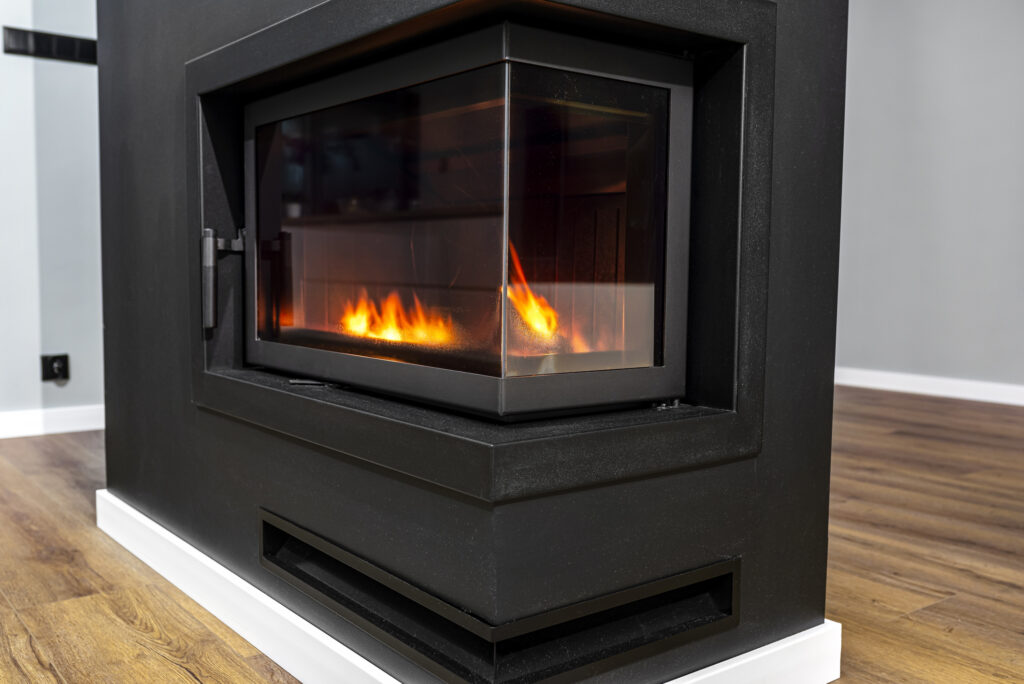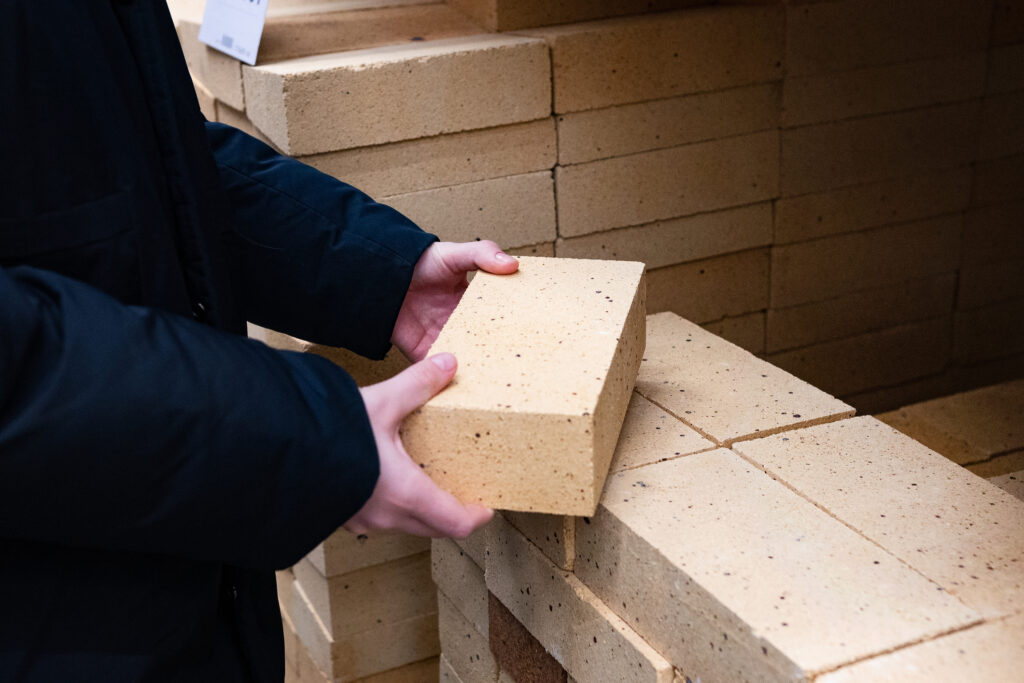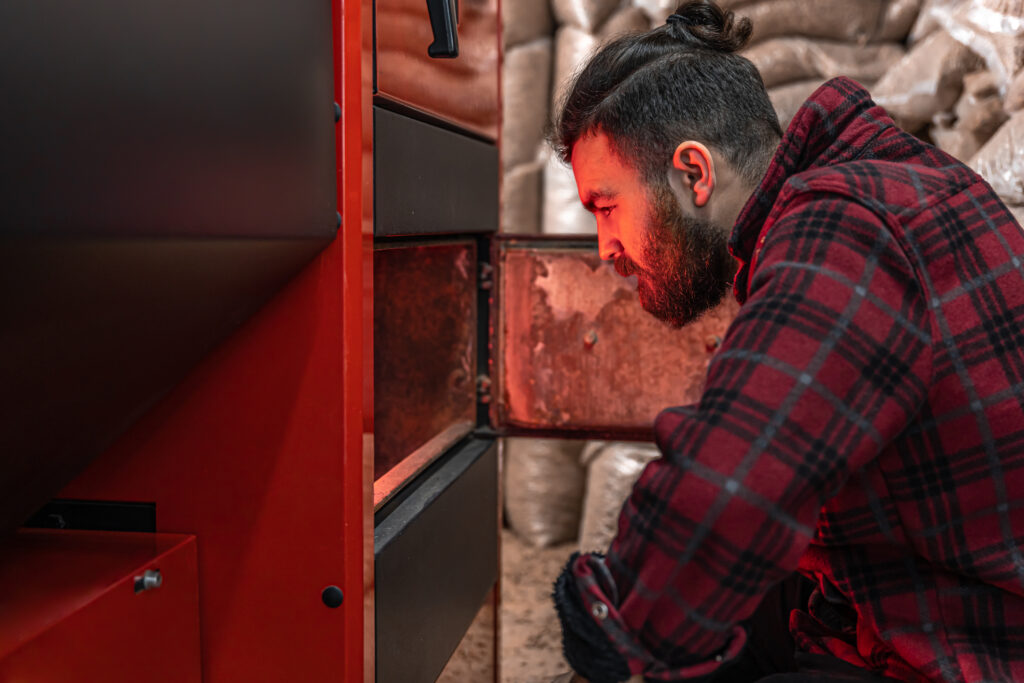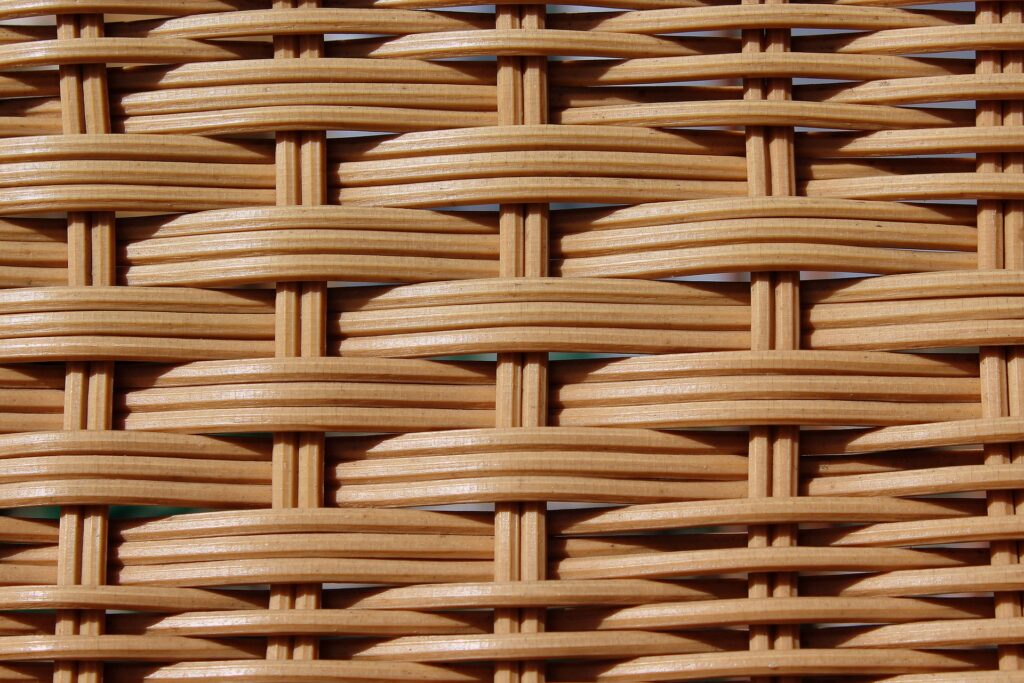When investing in a fireplace, most homeowners focus on design, heat output, and ambiance — but few stop to ask an essential question: how long does an indoor fireplace actually last? The answer depends on more than just the brand or model. Material quality, maintenance habits, and even how often you use it all play major roles in determining whether your fireplace will remain a reliable centerpiece or become an expensive renovation sooner than expected.
What Determines the Lifespan of an Indoor Fireplace
A well-built indoor fireplace is designed to last for decades. However, not all fireplaces age equally. On average:
- Wood burning fireplaces can last 20 to 50 years or even longer with proper upkeep.
- Gas fireplaces generally perform efficiently for 15 to 25 years before major part replacement is needed.
- Electric fireplaces tend to have shorter lifespans — typically 10 to 15 years, depending on usage and component quality.
These numbers are averages, not guarantees. A neglected fireplace can deteriorate in half the time, while one that’s properly cared for — regularly cleaned, serviced, and used responsibly — can exceed expectations.

Material Quality: The Foundation of Longevity
The materials used in your fireplace’s construction define both its beauty and endurance. For example, steel-bodied fireplaces resist corrosion and handle thermal expansion better than thinner metal frames. Cast iron models retain heat for longer, offering both efficiency and lasting strength. For wood burning fireplaces, firebrick linings and high-grade refractory cement protect the structure from extreme heat cycles.
In contrast, cheaper materials may warp, crack, or lose efficiency over time. Investing in quality upfront often reduces total lifetime cost — a factor many buyers overlook when comparing prices. At CG Outdoor, our suspended and freestanding fireplaces use precision-engineered steel and heat-resistant glass to ensure long-term durability while maintaining a modern aesthetic.
The Role of Maintenance and Usage
Even the strongest fireplace can’t survive years of neglect. Regular maintenance is the single most important factor influencing lifespan.
- For wood burning fireplaces, annual chimney sweeping prevents creosote buildup, which can damage the flue and create fire hazards.
- Gas fireplaces need yearly inspections to clean burners and check pilot lights, ensuring proper ignition and efficient burning.
- Electric fireplaces should have their fans, filters, and bulbs replaced or cleaned periodically.
Using your fireplace as intended also extends its life. Overfiring — burning too hot or using improper materials like treated wood — can cause cracking and early component failure. Simple care routines, such as wiping soot from the glass and checking seals, make a big difference over time.
For detailed maintenance guidance, see our article on Indoor Fireplace Maintenance Tips where we explain cleaning and inspection schedules for different models.

Cost Efficiency: When Longevity Meets Value
An indoor fireplace’s true value lies in its lifespan-to-cost ratio. A cheaper unit might save a few hundred dollars at purchase but could require repairs or replacement within a decade. On the other hand, a high-quality fireplace that lasts 25 years with minimal service can become one of the most cost-effective features in your home.
When evaluating cost efficiency, consider: – Energy performance: Clean-burn technology and high-efficiency combustion reduce fuel costs. – Replacement parts: Readily available components extend practical lifespan. – Warranty coverage: Longer warranties typically indicate better construction quality.
A wood burning fireplace equipped with secondary combustion systems not only reduces emissions but also increases heat retention, allowing you to burn less wood over time. These innovations turn traditional warmth into long-term value.
When Is It Time to Replace a Fireplace?
Even the best-maintained fireplace will eventually reach the end of its practical life. Signs you may need an upgrade include: – Visible cracks in the firebox or chimney. – Persistent smoke leakage or inefficient heat output. – Discoloration or warping on metal components. – Outdated safety systems or non-compliance with modern environmental standards.
If your fireplace struggles to heat effectively or requires frequent service calls, investing in a new, energy-efficient model may save more money long-term. Modern designs from CG Outdoor combine clean combustion, durable materials, and 360° viewing — providing an enduring centerpiece that outlasts older units in both style and performance.
How to Maximize Fireplace Longevity
The secret to making your indoor fireplace last longer is simple: consistent care and mindful use. Here are a few proven habits: – Schedule a professional inspection every year. – Keep glass and air inlets clean for better combustion. – Use only approved fuels or dry hardwoods. – Avoid overfiring and monitor heat output. – Replace worn seals or gaskets promptly.
For expert advice on sustainable use and clean-burning techniques, the EPA’s Burn Wise Program offers practical guidelines for safer, longer-lasting wood heating.
Final Thoughts
A fireplace is both an emotional and financial investment — a source of warmth, connection, and design harmony. Understanding how long an indoor fireplace lasts helps you plan smarter, budget better, and enjoy greater peace of mind. With high-quality materials, thoughtful design, and proper maintenance, your fireplace can serve your home beautifully for decades.
At CG Outdoor, we build fireplaces that honor craftsmanship and sustainability — designed not just to last, but to enrich every moment they warm. Explore our indoor fireplace collection to discover models that balance longevity, efficiency, and timeless design.



